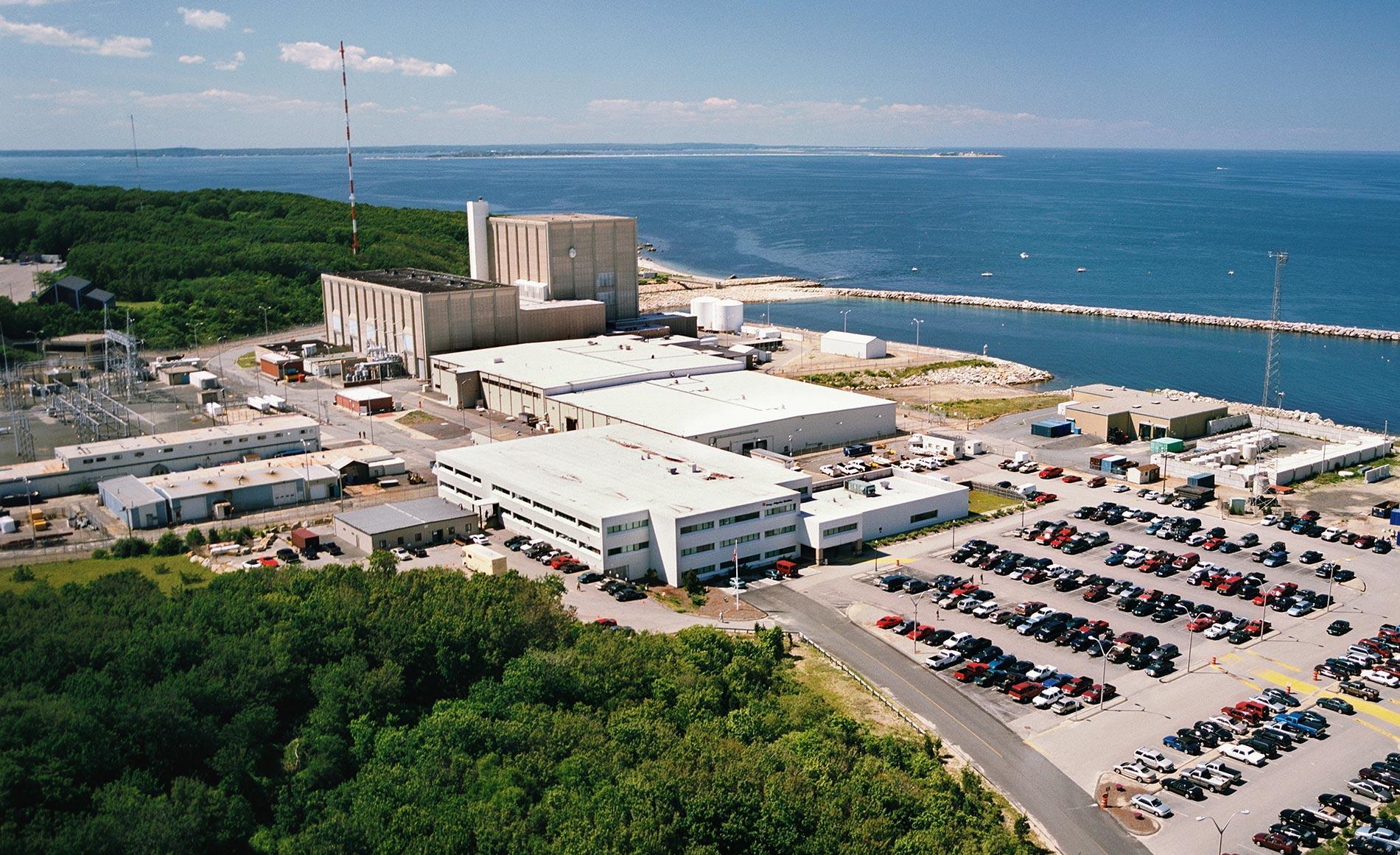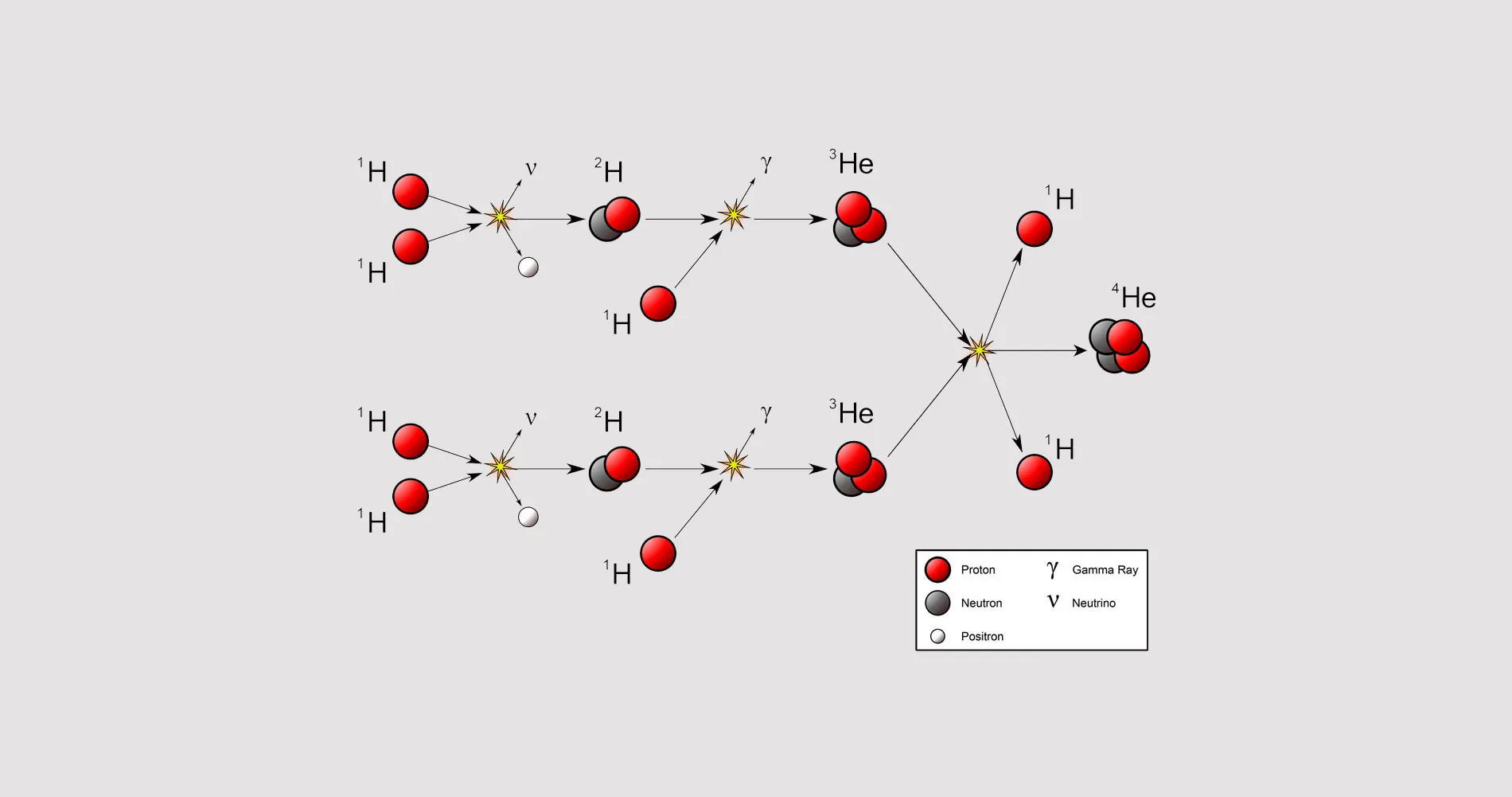Tentative plans to discharge radioactive wastewater from the decommissioned Pilgrim Nuclear Power Station in Plymouth, Massachusetts into Cape Cod Bay has the community in an uproar.
Allison Westervelt
22 August 2022
Activists, elected government officials, and community members across Cape Cod are in an uproar over plans to dump one million gallons of radioactive wastewater from the decommissioning of the Pilgrim Nuclear Power Station in Plymouth, Massachusetts into Cape Cod Bay.
The bay is safe for now, but plans to dispose of the nuclear wastewater have not been finalized. After hundreds of people opposed to the dumping voiced their opinions online and at a rally against Holtec International, the company responsible for decommissioning the nuclear power plant, Holtec announced in May that it would not release radioactive water from the decommissioned plant into the bay until environmental experts had the chance to weigh in.
Holtec could dispose of the water in three ways: Evaporating the contaminated water, trucking it to an out-of-state facility, or dumping it into the Atlantic Ocean, which is the least expensive option.
Holtec alleges that dumping water into the bay is safe, and that before the plant stopped operating in 2019, the Pilgrim Nuclear Power Station released smaller amounts of water into the ocean with no detriment to the environment.
Critics of the dumping plan say that the environmental science Holtec is referencing is inconclusive and that with so many in the area relying on fishing and tourism to make their living, dumping the nuclear wastewater is not worth the risk. Even if dumping the water is shown to be environmentally acceptable, the negative connotations associated with the radioactive wastewater could discourage tourism and devastate the local shellfish and commercial fishing industries.
When Pilgrim was an operating power plant, ocean water flowed in and out of the power station and was used as a cooling agent. The one million gallons at issue now are different in that they were once a coolant for spent fuel rods, meaning the water has been exposed to radioactive material for a longer period.
In June, the US Environmental Protection Agency (EPA) responded with a stern warning to a letter from Holtec asserting that the company had a permit that allowed it to dump treated wastewater. A director in the EPA’s water division, Ken Moraff, wrote to Holtec “Your reading of the permit is, in fact, plainly inconsistent with the unambiguous provisions of the permit… Holtec Pilgrim is not authorized under the current [permit] to discharge pollutants [contained] in spent fuel pool water.”
To date, Holtec has released little information about the water’s exact levels of contamination. According to a representative of the Conservation Law Foundation in Boston, the water could contain both radioactive and nonradioactive pollutants including lead, zinc, and polychlorinated biphenyl – a carcinogen. The EPA has regulatory authority over non-radioactive pollutants, whereas the Nuclear Regulatory Commission is responsible for the appropriate disposal of nuclear waste.
The Conservation Law Foundation is against dumping the wastewater and maintains that the potential implications of discharging the water must be thoroughly analyzed by those with expertise in radioactive waste disposal and its effects on marine life.
Opponents have also raised concerns that Holtec is inexperienced in decommissioning nuclear power plants and, as a private company, is more concerned with saving money and demonstrating value to stakeholders than in protecting the local community from the potential harm that could come from dumping radioactive wastewater into Cape Cod Bay.
When Holtec bought Pilgrim from Entergy in 2019, it came in control of a $1 billion trust that was funded by fees paid by those who used Pilgrim’s electricity during the decades it was operational. The money was put aside to account for cleanup costs when the plant was eventually decommissioned, and Holtec could end up keeping any money that is left over after the cleanup process is complete.
According to predictions in Holtec’s financial reports, Holtec will have $252 million remaining in the fund when the job is done. Holtec additionally receives reimbursements from the Department of Energy to the tune of several hundred million dollars for the cost of managing the radioactive spent fuel on site.
Any trust the community may have had in the energy technology company evaporated owing to discrepancies between Holtec’s stated disposal strategy and its apparent plans for the wastewater. In November of last year, Holtec executives stated during a public meeting that all three potential wastewater disposal methods were still being considered. When a staff member from Representative William Keating’s office, which represents Plymouth in Congress, reached out to the NRC about Holtec’s plans, the NRC replied that Holtec had informed the Commission that it would “discharge liquid effluents sometime in the first quarter of 2022.” Thus, Holtec made it seem publicly that final plans had not been made, but behind closed doors the decision to dump the water into the Cape Cod Bay had already been made.
When Representative Keating asked the Holtec CEO Kris Singh for a cost estimate to truck the water out of state at the same November hearing held at Plymouth Town Hall, Singh replied that he was not sure. In an interview with the Boston Globe, Representative Keating stated that Singh’s reply implied that Holtec had not seriously considered any other option besides dumping the wastewater into the bay.
A final decision on how the wastewater will be disposed of will not be made until later this year, but there are reasonable options other than dumping it into Cape Cod Bay. To maintain public trust, Holtec must be completely transparent about its plans for the wastewater with regulators, elected officials, and the local community. But considering its past prevarications and actions, it may be too late.























